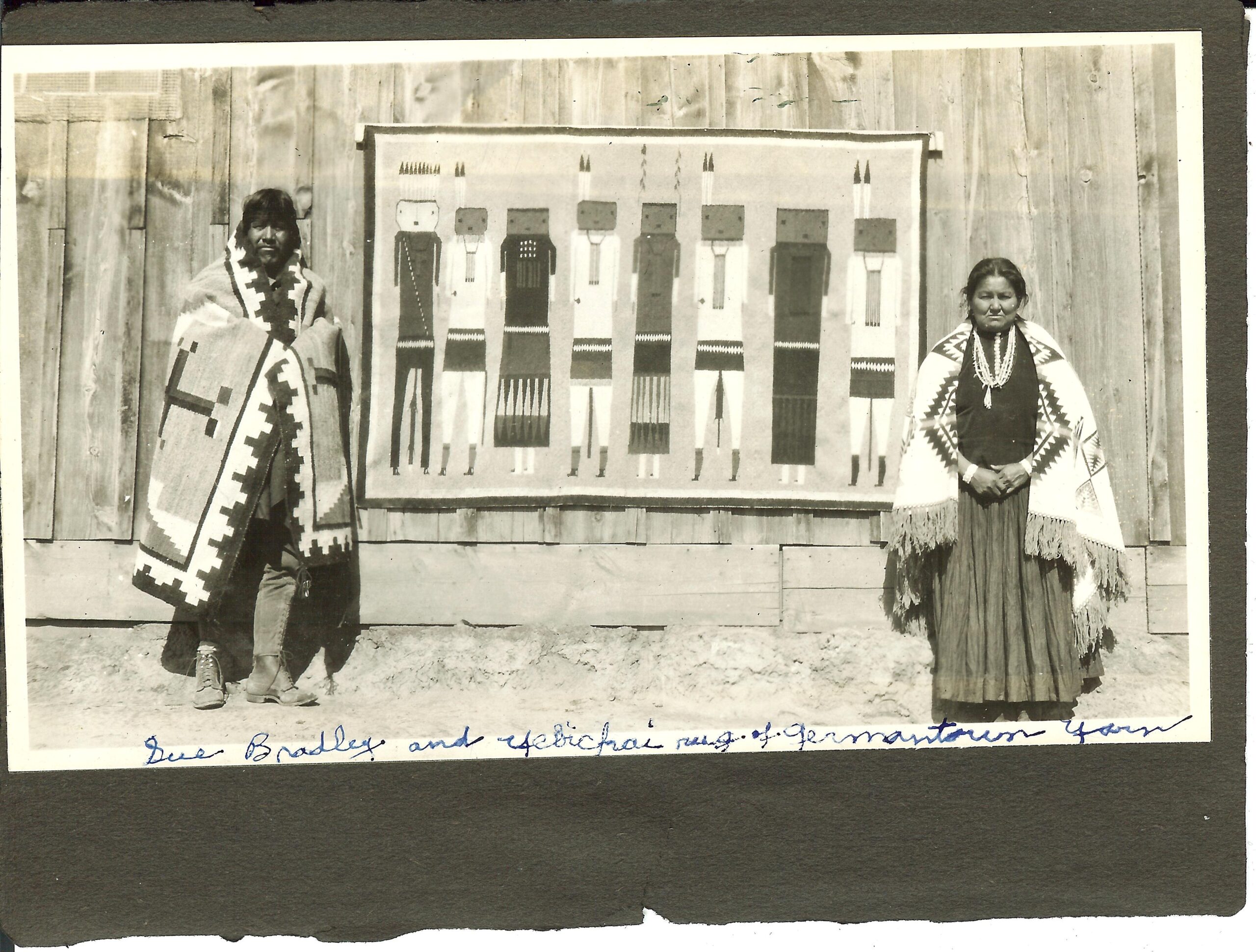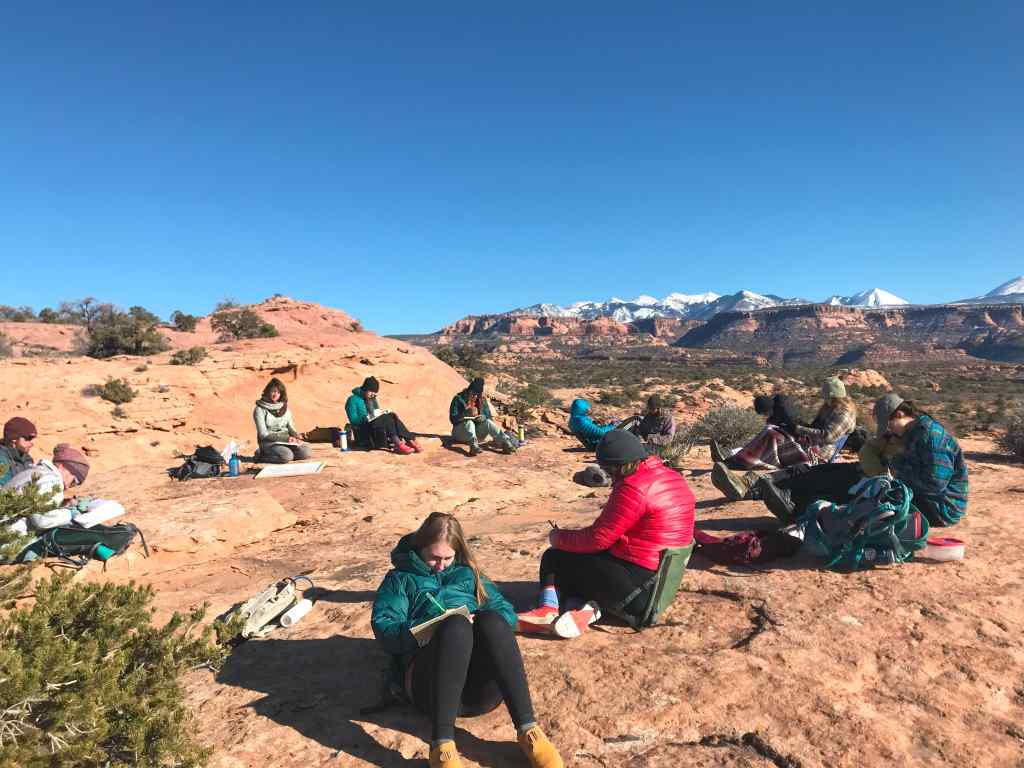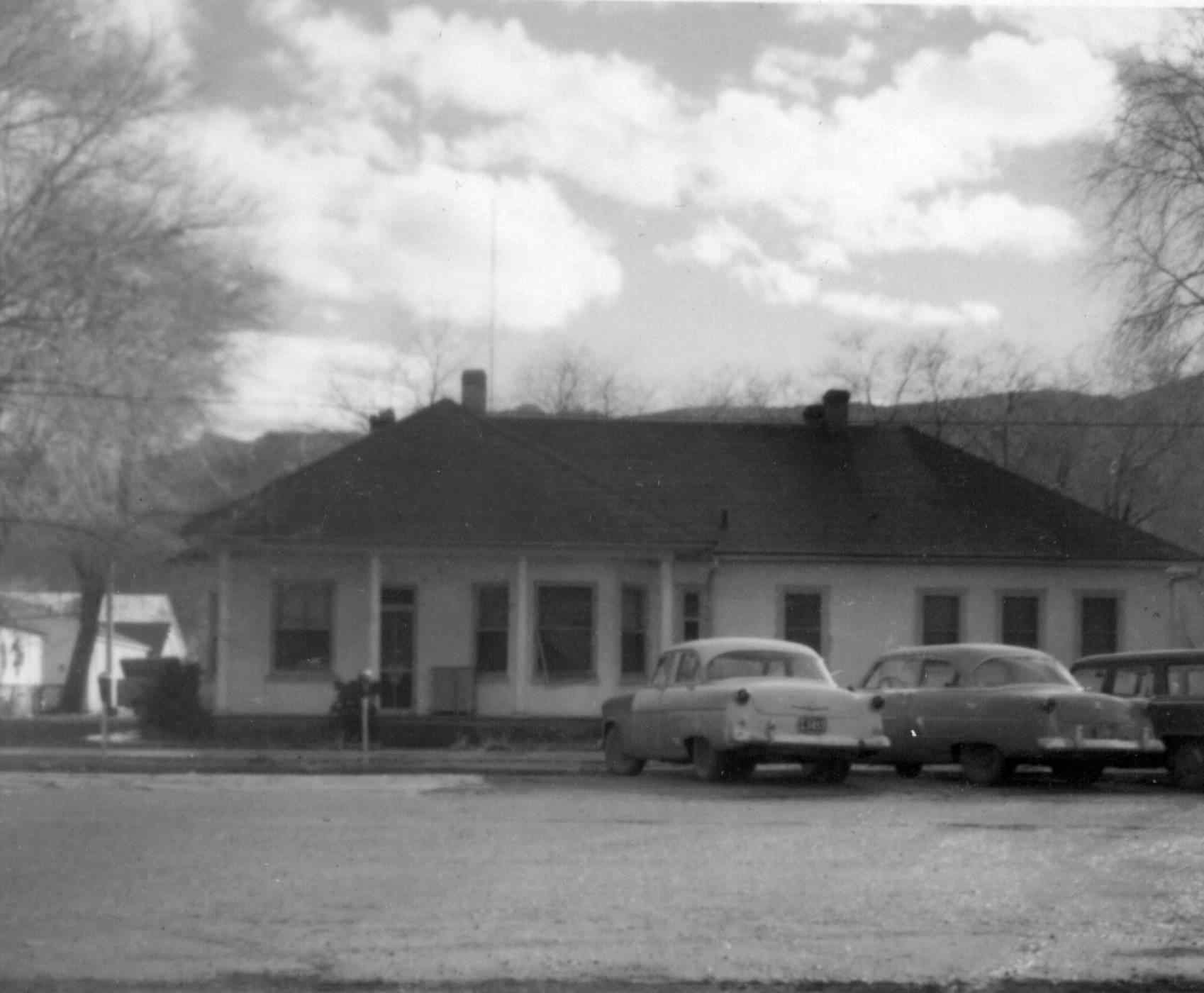
“The People’s Tapestry: Weaving Tradition in Navajo Culture” is now on display at the Moab Museum, featuring a variety of styles of Navajo textiles, including the Yeibechai. In this column throughout the summer, the Museum team will feature a variety of weaving styles and their associated backgrounds and stories.
This exhibition is a celebration of the magnificent weavings created by the Diné (which means “the people” in Navajo). The significance of Diné textiles transcends artistic expression; weavers beautify their world through the spiritual act of weaving and integrate their art into the web of everyday life. The Navajo weaver’s song declares, “with beauty, it is woven.”
Where did the Yeibechai style originate?
The Yeibechai or simply “Yei” style of weaving originated just south of Shiprock, NM in the Lukachukai area. Hosteen Klah, a Navajo medicine man and weaver who lived from 1867 to 1973 is generally attributed with the creation of the Yei in textile form. Klah was known to take the imagery from ceremonial sandpaintings and incorporate them into his weavings. In the rugs, if the heads are square and facing forward, they are Yei (spiritual entities). If they are facing left (and occasionally right), they are Yeibichai, human dancers impersonating Yeis.
The sandpainting, often referred to as “dry painting,” is an art form utilized in sacred healing ceremonies, created by allowing colored sands to fall onto the ground in patterns and ornate pictorial scenes. Artists depict the deities, also known as “Yeibechai” in the Navajo creation story, in these sandpaintings. When the painting is complete, the medicine man asks the individual in need of healing to sit atop the painting to allow the healing spirits to come through the painting.
This style, initially limited in its influence on the weaving world, was popularized by local trader Will Evans. Evans encouraged weavers to take images from ceremonial sandpaintings and incorporate them into weaving, much like Klah had done, as the style was highly sought after by western markets.

What do the Yeibechai represent?
According to the Navajo creation story, the Yeibechai deities represent hózhóó, alternatively spelled ho’zho’, the balance and harmony of life we all experience. Hózhóó is the duality of being: the ability to experience and express goodness and evil, the cycles of life, the natural world, the human world, order, control and chaos.
The Moab Museum is dedicated to sharing stories of the natural and human history of the Moab area. This is part of a series highlighting distinct textiles and styles displayed in the Museum’s temporary exhibition “The People’s Tapestry,” displayed summer-fall 2023. To explore more of Moab’s stories and artifacts, find out about upcoming programs, and become a Member, visit www.moabmuseum.org.




